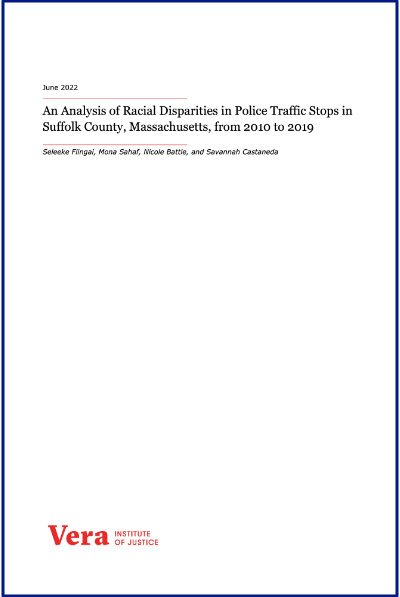By Public Safety Canada
This report presents the results of the evaluation of the First Nations and Inuit Policing Program (FNIPP).
What we examined
The purpose of the evaluation was to assess the continuing need (relevance), achievement of outcomes (effectiveness) and efficiency of program administration of the FNIPP. The evaluation covered the period from fiscal year 2015-16 to 2020-21 and was conducted in accordance with the Treasury Board Policy on Results and Directive on Results.
What we found
Positive perceptions of safety were found in communities with FNIPP-funded police services. Survey data shows 87% of respondents from communities with SA agreements and 77% of respondents from communities with CTA agreements felt very safe or reasonably safe.
Crime rates for First Nations and Inuit communities continue to be higher than in other Canadian communities, and there is an overrepresentation of Indigenous peoples in the criminal justice system as both victims and offenders. Moreover, prior to increased program funding announced in Budget 2021, the FNIPP’s allocated budget and existing authorities did not support program expansion and one-third of eligible communities do not have access to FNIPP-funded policing services. As such, there is a continuing need to strengthen and expand Public Safety Canada (PS) support of policing arrangements provided through the FNIPP.
The finite amount of the Program’s allocated budget has led to underfunding of FNIPP-funded policing agreements. As a result, the scope and nature of policing services that are available to participating communities are limited and face ongoing operational challenges that hamper the working conditions of FNIPP-funded officers and can impact their physical and mental wellbeing. This can have long-reaching effects on the public safety of communities with FNIPP-funded policing services. Other aspects of the contribution agreement funding model, including the time-limited nature of agreements, expense eligibility and the FNIPP’s fiscal framework, by which funding allocations are determined, were found to exacerbate these issues as well.
Limited program resources were also found to impact the implementation of culturally appropriate and responsive policing services in communities with FNIPP policing agreements. Two key areas requiring increased PS support were identified for improvement, these are: the formal mechanisms to facilitate community-police engagement which are required under FNIPP contribution agreements (i.e. CCGs and police boards/commissions); and encouraging the development, implementation and sharing of best practices for localized, community-specific cultural training activities for police service providers.
The Federal Government has recognized there are gaps in the current funding model and has mandated the Minister of Public Safety to co-develop, with the Minister of Indigenous Services, a legislative framework that recognizes First Nations policing as an essential service and for PS to expand and stabilize the FNIPP. Accordingly, funding to support these activities was identified in Budget 2021 and work is underway to meet these commitments.
Efforts to improve engagement, transparency and flexibility in governance and administrative processes were noted over the past five years. These included a stakeholder engagement process to inform agreement renewals; a collaborative process, co-developed with PT funding partners to allocate additional officer positions; and updated Terms and Conditions increasing the maximum amount payable to SA police services to alleviate operational pressures resulting from emergency situations, such as response measures related to the COVID-19 pandemic.
Some concerns were raised with respect to PS’s management of key stakeholder relationships. These included timely agreement renewal negotiations with funding partners. PS was also found to not sufficiently engage in renewal negotiations with funding recipients and communities have limited input and access to FNIPP governance structures. As well, PS continues to experience ongoing challenges with inconsistent collection and monitoring of performance data.
Recommendations
While work is underway to co-develop a legislative framework for First Nation policing, the evaluation findings also support the need for First Nations policing to be recognized as an essential service. In support of this work, Public Safety should:
Examine options for other funding mechanisms beyond the contribution agreement model, in consultation with all implicated stakeholders.
Ensure that formal mechanisms to facilitate community-police engagement (i.e. Community Consultative Groups and police boards/commissions), which are required under FNIPP contribution agreements, have the appropriate support to identify community safety priorities and facilitate effective engagement between communities and their police services.
Develop, implement and monitor a consistent performance measurement and data collection strategy, that does not unnecessarily burden recipient communities and provides relevant and timely information to communities/police services, and decision makers.
Explore, with partners and communities, opportunities to support and encourage the sharing of best practices in localized cultural training activities for FNIPP-funded police services.
© Her Majesty the Queen in Right of Canada, as represented by the Minister of Public Safety and Emergency Preparedness, 2022. 42p.





















